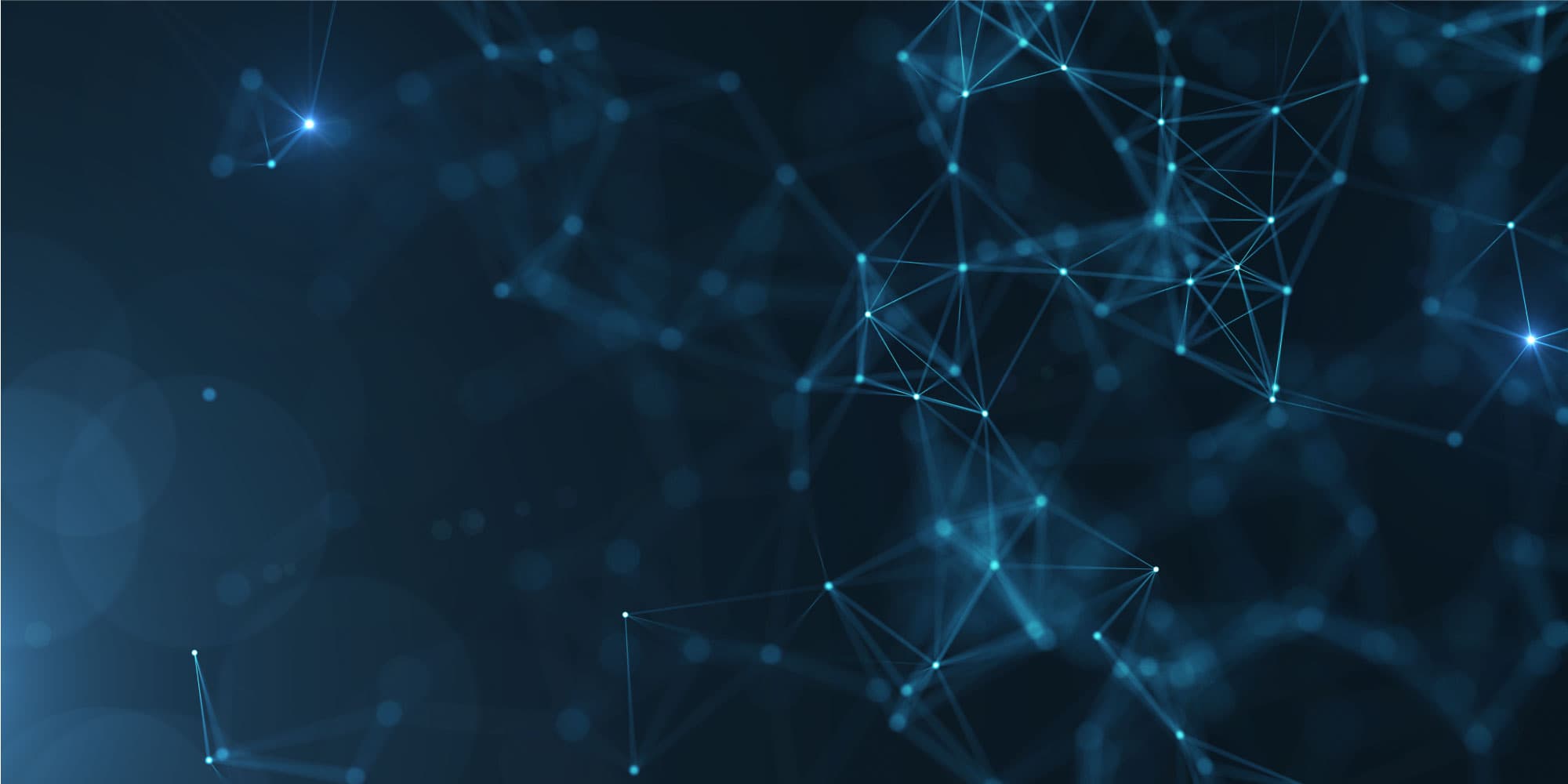
Novel architectures for machine learning and artificial intelligence
To move from an Internet of things to an Internet of actions, we need a “smart” edge composed of a myriad of tiny, ultra-low power and connected devices. Current technologies won’t make that happen, so it’s time to look into alternative ways of computing.
From wearables that monitor our health to systems that enable autonomous driving ... We’re increasingly surrounded by sensors and actuators that intelligently interact with our environment.
But that intelligence is deceiving. Current edge devices mainly rely on a connection to the cloud to do their ‘hard thinking’. And that puts an immense strain on the communication networks.
What if we could throttle down or even sever that connection by enabling those edge nodes to perform their own heavy computing tasks?
Towards a cognitive edge
Instead of the passive devices that now make up the IoT, active edge nodes would be able to sense, interpret and act – all with minimal conference with the cloud.
The basic idea is that these cognitive edge devices only share insights, not data. This not only solves the bandwidth problem, but offers a host of additional benefits as well, such as:
- lower latency – instant reactions become possible in settings such as autonomous driving
- increased privacy and security – our personal data are no longer sent to the cloud
- higher robustness – the autonomous nodes are immune to vulnerabilities in the network
Challenge: do more with less
Is such a cognitive edge within our capabilities? There’s still a lot of work to be done. Cognitive edge devices need to be capable of:
- artificial intelligence with true plasticity
- fast online and incremental learning
- quick adaptions to new environments or circumstances
- the ability for lifelong accumulation of knowledge
And all that within tiny form factors and on minimal power budgets – a fraction of today’s state of the art.
Unmapped roads
Such a challenge is not tackled by tweaking our machine learning algorithms. Nor by simply making our devices (a little bit) more powerful and less power-hungry. We need to:
- look into new computational paradigms such as spiking neural networks, neuromorphic computing and brain-inspired paradigms
- exploit emerging technologies offering novel logic and memory devices, and their compact integration in 3D topologies.
- explore the synergy between the two through a methodological codesign and co-optimization
These are some of the research avenues that the imec is following to pave the way for the next generation of smart devices. Want to travel along?












